On the morning of July 9, 1918, what was called a critical human error occurred and caused 126 people to lose their lives and 57 injured. Eighty percent of those who lost their lives were African Americans.
Early that day, Train No. 4 of the Nashville, Chattanooga, and St. Louis Railway Company was scheduled to leave Nashville for Memphis at 7 a.m., while the No. 1 was traveling in the opposite direction, departing Memphis for a scheduled arrival in Nashville at 7:10 a.m. However, train No. 1 left Memphis a half-hour late. If the trains would have remained on schedule the accident would not have occurred and the trains would have passed each other near Nashville along a section of the double-track railroad. But because this didn’t happen the stage was set for one of the worst disasters in American history.
It was routine for the No. 1 train to be given the right-of-way, so the crew of the No. 4 was alerted that they were to stop in the double-track section of the railroad before they entered “The Shops Junction” if the No. 1 had not passed them. However, none of the crew members identified the train, authorities believe that another train in passing might have been mistakenly identified as No. 1. The train continued to race toward The Shops with the all-clear signal from the tower operator, only for the operator to later realize that the No. 1 hadn’t yet passed once the No. 4 exited The Shops. An attempt was made to stop the trains but the whistles went unheard and at around 7:15 a.m., with the No. 4 traveling around 60 miles per hour and the No. 1 running at 50 miles per hour, the two trains collided at a section of track called Dutchman’s Curve, which was west of downtown Nashville in Belle Meade.
The scene after the collision is described as being a complete horror. Bodies were just about everywhere in sight. Because of the Jim Crow laws, black passengers were required to ride in the cars of the train that seated them right behind the train’s engine. The most uncomfortable and dangerous place to be seated. Because of this seating arrangement, eighty percent of those who lost their lives were black. Historians have said several of the people killed were never identified because they had been too badly burned or mangled.
source:
https://www.newsobserver.com/news/business/article214523459.html
https://foxchattanooga.com/news/local/100-years-later-remembering-101-people-killed-in-deadliest-american-train-wreck
https://www.awesomestories.com/asset/view/Train-Wreck-at-Dutchman-s-Curve-News-Report

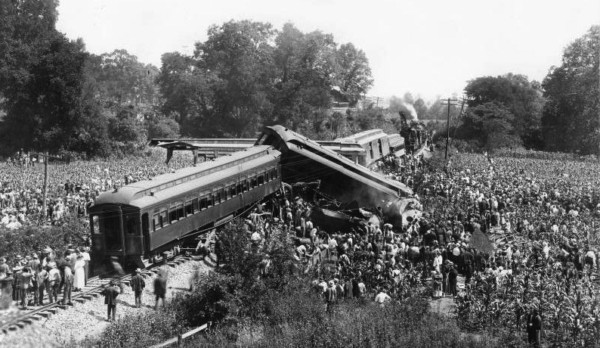



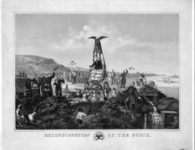


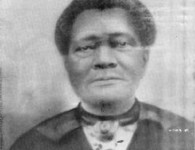

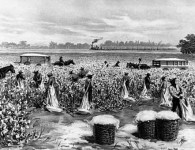
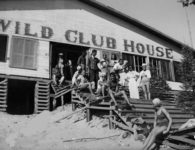
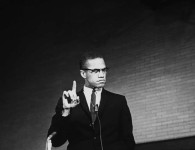
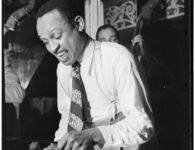



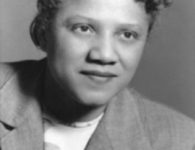
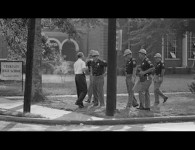
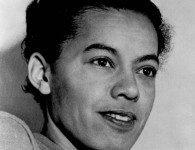

No comments